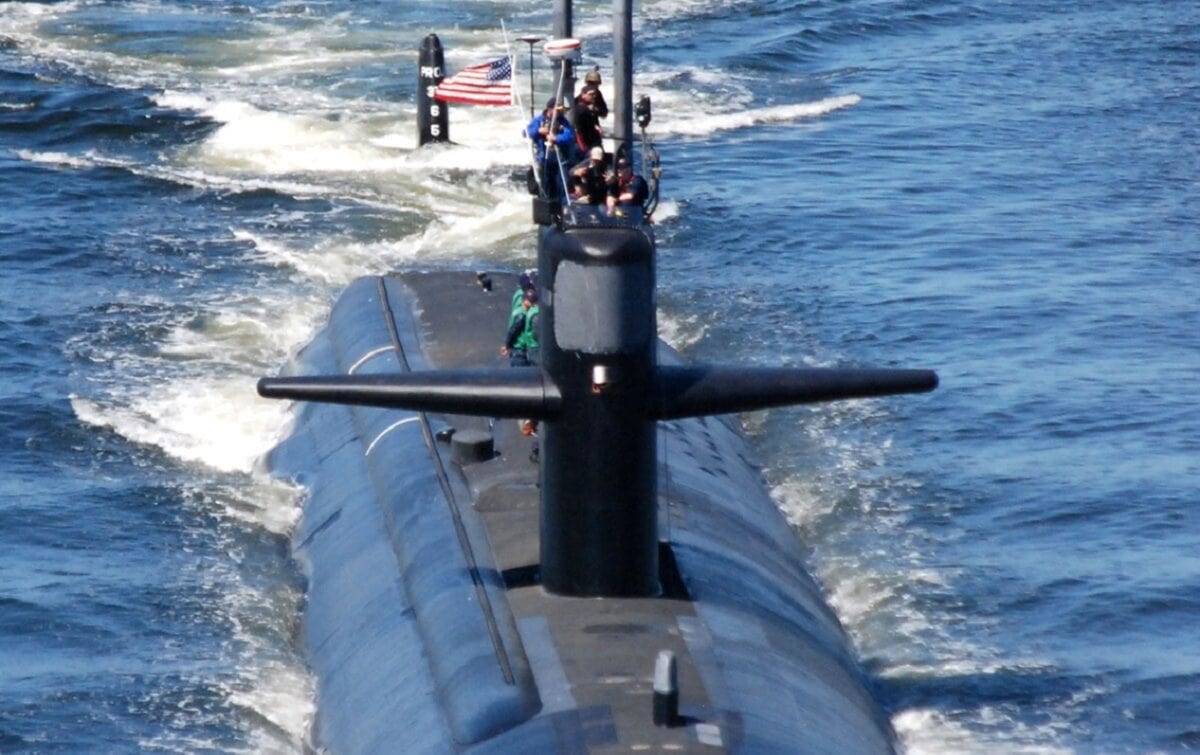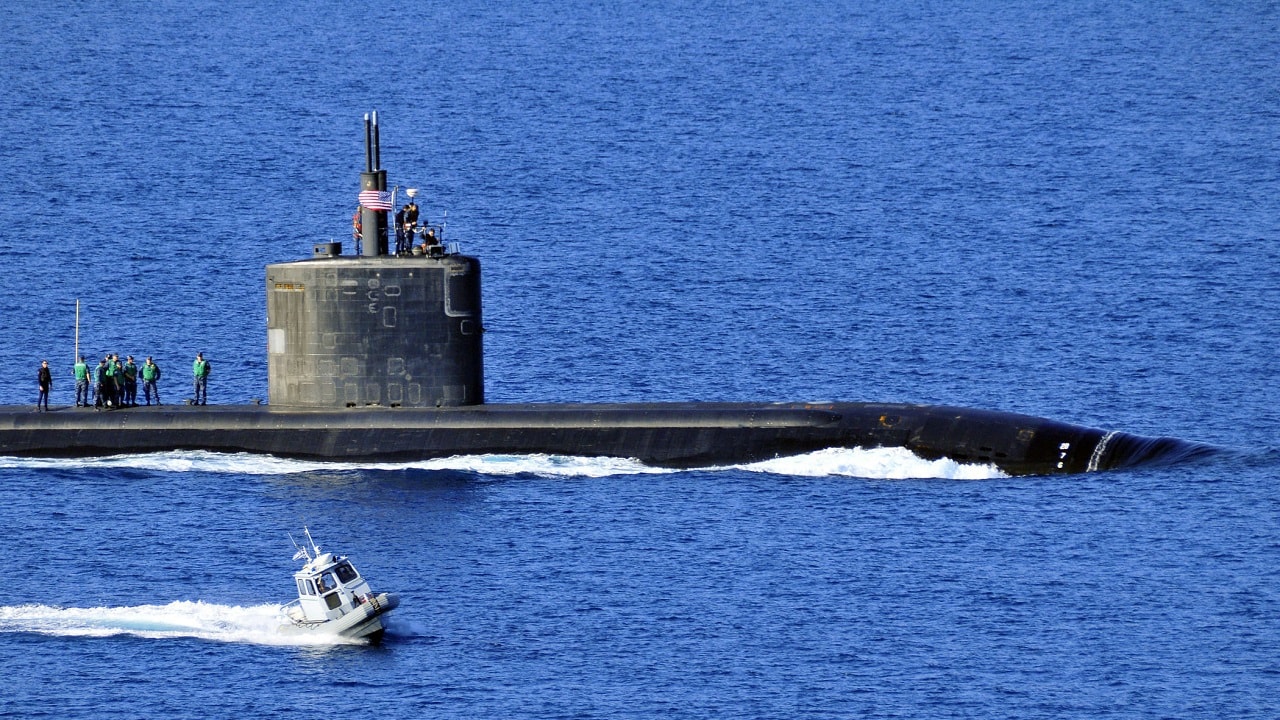Military bases can be drab places, and if movies and TV shows have taught us anything, it is that Russian posts have all the charms of a gray brick wall. However, Imperial Russia actually built some architecturally impressive fortresses – technically “Kremlins” – including the Tula Kremlin, the oldest stone fortress in the nation; and the Astrakhan Kremlin, which has been recognized as a UNESCO World Heritage Convention site as a noteworthy monument of engineering art.
During the Soviet era, however, the focus was far more on function than form, and that’s where the drab buildings and utilitarian architecture came into play. Such was the case of the Gadzhiyevo submarine base located on the Kola Peninsula near the western Arctic. Even as Moscow has sought to modernize and increase the size of the facility, getting a much-needed facelift, it isn’t what most would describe as aesthetically pleasing by any means.
Last month an effort was made to “spruce up the place,” and that included a new mural of a submarine that was painted on the side of a large apartment complex in the town of Gadzhiyevo on the Barents Sea. Instead of the Soviet-era gray, the building received a coat of light red paint – while one wall featured a large mural that featured a submarine appearing to make a dive into the ocean.
Images of the building were shared on the Russian social media service VK.
It was soon apparent there was a problem with the depiction. While the Kremlin – the one in Moscow of course – typically supports such patriotic gestures that cast a spotlight on the past and present glories of Russia, some weren’t too pleased.
The Mistake
That’s because the submarine painted wasn’t a Russian boat such as a Kilo-class or Borei-class; rather it appeared to be a United States Navy Los Angeles-class nuclear-powered fast attack submarine (SSN). The American submarine has become a frequent visitor to the Barents Sea in recent years, and it is typically armed with numerous torpedoes, as well as Tomahawk and Harpoon missiles to potentially hunt Russian warships.
It didn’t take long for many to point out the mistake.
“How disgusting! Why paint an enemy vessel?!” one comment read, while another suggested, “We have our own submarines, and they are by far more beautiful than the ones of our foe.”
There were soon calls for the mural’s removal, The Barents Observer reported, which added that another comment suggested it was a mockery of the soul of every Russian submariner.
“This submarine is not only foreign, it belongs to the enemy. It has been the main opponent of our submarine forces over the last 30 years,” the comment noted. “With what kind of feelings will our submariners parade the local streets next to this picture?”
Such mistakes likely would have been a problem in the Soviet era, especially when Stalin ran the show. However, it doesn’t appear that anyone received a visit from the FSB, and no one was sent to a gulag (for now).

Los Angeles Class Attack Submarine. Image Credit: Creative Commons.
Instead of covering up or completely repainting the mural, it was “updated” earlier this month to more closely resemble a Russian Delta-class submarine. Muralists Natalya Popova and Sergei Beresnev fixed the mistake by extending the tower and touching up the rear part of the vessel. In addition, at one point in June it also appeared to have a letter “Z” – a symbol used by Russian authorities in their war against Ukraine. Though the letter doesn’t exist in the Cyrillic alphabet, it has been painted on tanks, armored vehicles, and other military hardware.
The Z has since been removed, but the “improved” now more Russian-looking submarine on the mural remains.
Now a Senior Editor for 1945, Peter Suciu is a Michigan-based writer who has contributed to more than four dozen magazines, newspapers and websites. He regularly writes about military hardware, firearms history, cybersecurity and international affairs. Peter is also a Contributing Writer for Forbes.

